Volatile Organic Compounds in Blood
Clinical Specimen Submission Guidance
Submit all specimens to 150 Richmond Street, Suite 100, Providence, RI 02903. Open Monday to Friday 8:30 AM to 4:30 PM. Learn how and where to drop off your lab samples at our Laboratory Central Services webpage.
Chemical Threats Laboratory (401) 222-5606
1, 2-Dichlorobenzene, Benzene, Carbon Tetrachloride, Chloroform, Ethylbenzene, m+p-Xylene, o-Xylene, Tetrachloroethene, Toluene, Styrene
Volatile Organic Compounds exposure
Volatile Organic Compounds are detected in serum by GC/MS.
IMMEDIATELY notify the RISHL Chemical Threats Laboratory at (401) 222-5606 for a potential agent of Chemical Terrorism.
PREAUTHORIZATION is required prior to transporting specimens.
Collect blood in red top or serum separator tube. Separate serum and transfer to a plastic screw top tube. Submit a minimum of 2mL of serum.
Store at 2°- 8° C
CLIA regulations require specimens be labeled with at least two patient identifiers. Examples of identifiers are first and last name, date of birth, chart/medical record number. The specimen container must be labeled to match the test requisition or the electronic order.
Rhode Island State Health Laboratories (RISHL) requisition form https://health.ri.gov/forms/LabRequisitionForm.pdf with appropriate Chemical Threats sticker attached.
VOCs (Volatile Organic Compounds)
PREAUTHORIZATION is required prior to transporting specimens.
Refrigerated: Transport and deliver to the laboratory within 24 hours of collection at 2-8°C in a cooler able to maintain specimen temperature. A plug-in electric cooler is recommended, however, a cooler packed with excess frozen gel packs is acceptable as long as the transport temperature is maintained at 2-8°C.
Specimens must be transported and packaged in accordance with current federal shipping regulations.
The following rejection criteria will be used to ensure accurate specimen information and specimen condition for testing:
- Specimen received outside acceptable transport range
- Demographics different / Unable to read identifiers on specimen
- Two identifiers required on specimen
- Expired / Incorrect collection kit
- Insufficient quantity
- Urine cup received
- No specimen received
- Specimen leaked in transit
- Test not evaluated in adolescents <14
- Specimen too old
None detected.
